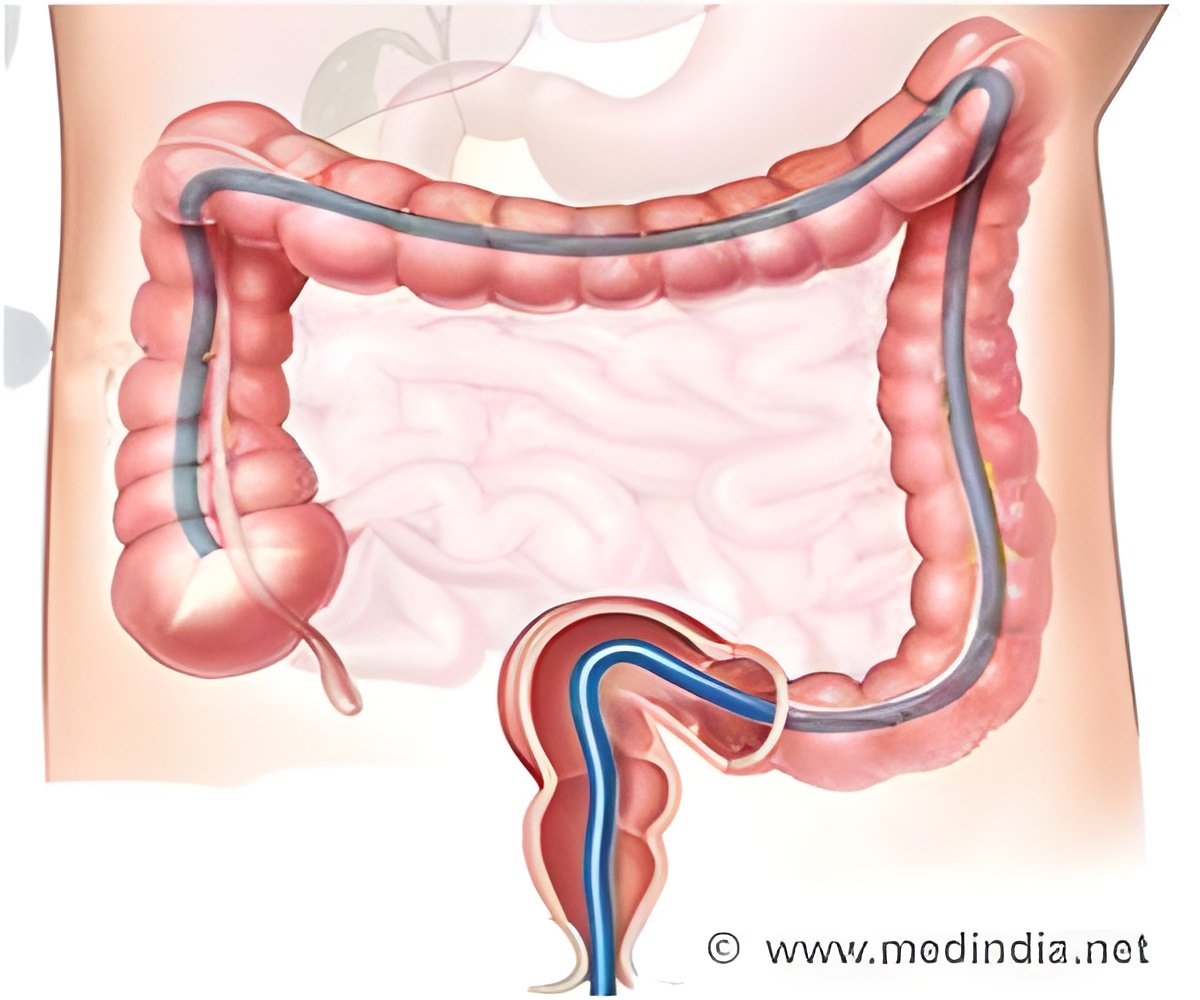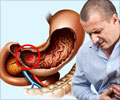
Simulator training can provide a student with a relaxed opportunity for repetitive practice of skills including those that might not be encountered with sufficient frequency during the course of a standard training program. Improving basic skills before actual patient experience could result in reduced patient discomfort. Manpower limitations of available endoscopic educators or cost considerations of the increased time that trainers must spend away from their clinical duties would support the use of simulation tools that might either shorten the learning curve or allow students to do more of their instruction independently.
"Although the use of simulators has become much more widespread, particularly via the use of ex vivo–based hands-on training courses by the ASGE at its Institute for Training and Technology in Oak Brook, Ill., and at many regional courses throughout the world, there is no consensus to date on just how much of a role they should play in standard training," said PIVI Committee Chair Jonathan Cohen, MD, FASGE. "Ultimately, the decision about whether to incorporate these technologies into a training program must rely on data regarding the magnitude of training benefits, any cost savings resulting from accelerated learning, the initial and ongoing expenses associated with the simulator work, and the local needs of the institution."
This PIVI reviews the current literature on simulator use in endoscopy and assesses what data are required to support a wider adoption of their use for endoscopy training and skills assessment. Specifically, the following two questions are considered: How much benefit must be demonstrated from the use of simulators to justify widespread adoption into standard endoscopy training? How reliable do simulator-based assessments need to be as a predictor of patient-based skills to justify their use in credentialing and recredentialing for endoscopy? The document outlines the following:
- Thresholds recommended for this PIVI
- Threshold for incorporation of a simulator into training: For an endoscopy simulator to be integrated into the standard instruction for a procedure, it must demonstrate a 25 percent or greater reduction in the median number of clinical cases required for the trainees to achieve the minimal competence parameters for that procedure.
- Threshold for using a simulator to assess skill: Simulator-based assessment tools must be procedure specific and predictive of independently defined minimal competence parameters from real procedures with a к value (i.e. correlation coefficient with value of 0 meaning that skills on a simulator had no correlation with real procedures and value of 1.0 had perfect correlation of simulator skills with real procedures) of at least 0.70 for high-stakes assessment.
- Summary of PIVI methodology and literature review
- A comprehensive review of published trials using ex vivo and computer simulators was performed and circulated to the members of the PIVI committee.
- Training: Despite their varied capabilities and promising potential, use of the current endoscopic simulators appears to help primarily with early learning curves for endoscopic procedures. However, to date, simulator use has not yet led to an accelerated achievement of competency benchmarks or improved outcomes for patients.
- Assessing skill: There are only limited data examining the ability of endoscopy simulators to be used as tools to assess endoscopic skill. The limited literature available in this respect has shown these models to lack performance metrics of adequate sensitivity or reliability for use as meaningful assessment tools.
- Study designs needed to address the questions raised by this PIVI
- Training: The benefit of using simulators for training can only be validated in an adequately powered, controlled trial that demonstrates that the incorporation of simulators in a training program leads to acquisition of technical and cognitive competency with fewer clinical endoscopic procedures than required by traditional supervised endoscopic instruction without access to the simulator.
- Assessment: A simulator that is able to assess the actual clinical skills (technical and cognitive) of a clinician performing endoscopy may be a useful tool for credentialing (or recredentialing). A prerequisite for any validation of such a tool would be a previous consensus on how to measure competency for a particular procedure in real patients.
- Suggested areas for future development
- The road to reaching the target for simulator-based skills assessments will require both improvement in the way in which actual clinical procedure performance is assessed and advances in the simulators themselves. Specifically, this will require the following:
- Development of accurate, reliable, and validated clinical patient-based assessment tools for all endoscopic procedures to establish learning curves and benchmark clinical performance abilities.
- Development of simulated cases of increased difficulty to allow discrimination of differing grades of ability (not just novice/expert).
- Development of clinically relevant, accurate, and reliable simulator assessment metrics that effectively distinguish the different grades of ability and correlate with clinical performance benchmarks in prospective validation studies.
Advertisement
Advertisement
The PIVI committee (consisting of a committee of ASGE physician experts) in preparing the document,employed evidence-based methodology, using a MEDLINE and PubMed literature search to identifypertinent clinical studies on the topic. The PIVI is provided solely for educational and informational purposes and to support incorporating these endoscopic technologies into clinical practice. It should not be construed as establishing a legal standard of care.
Source-Eurekalert









